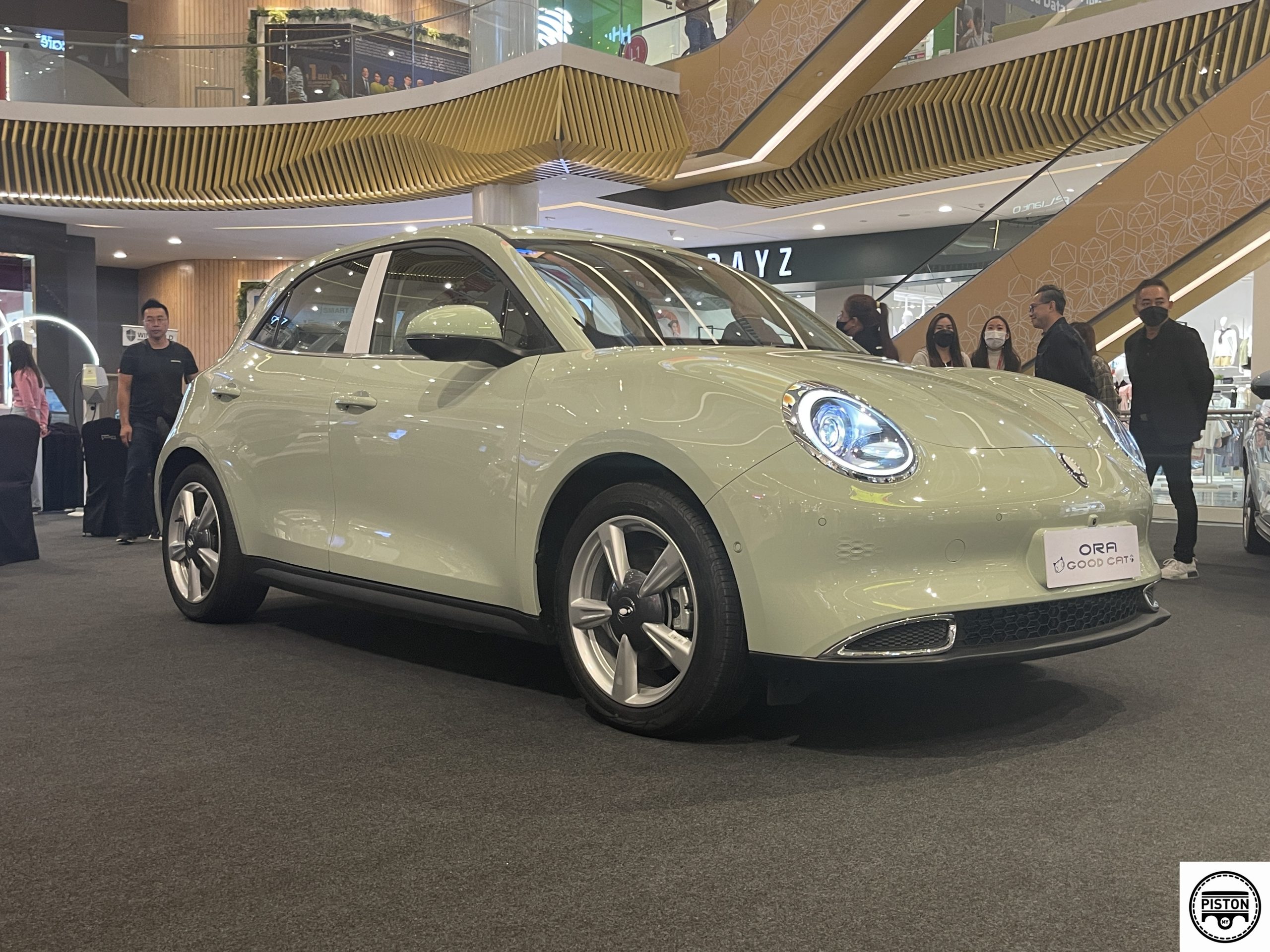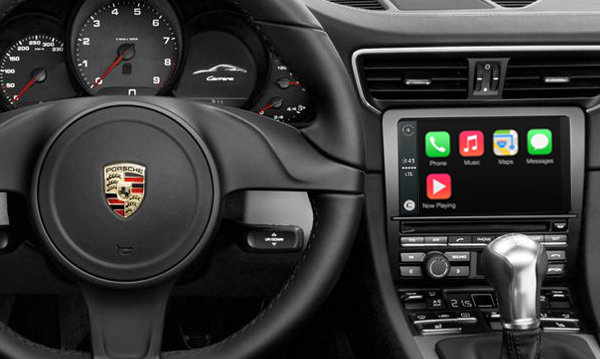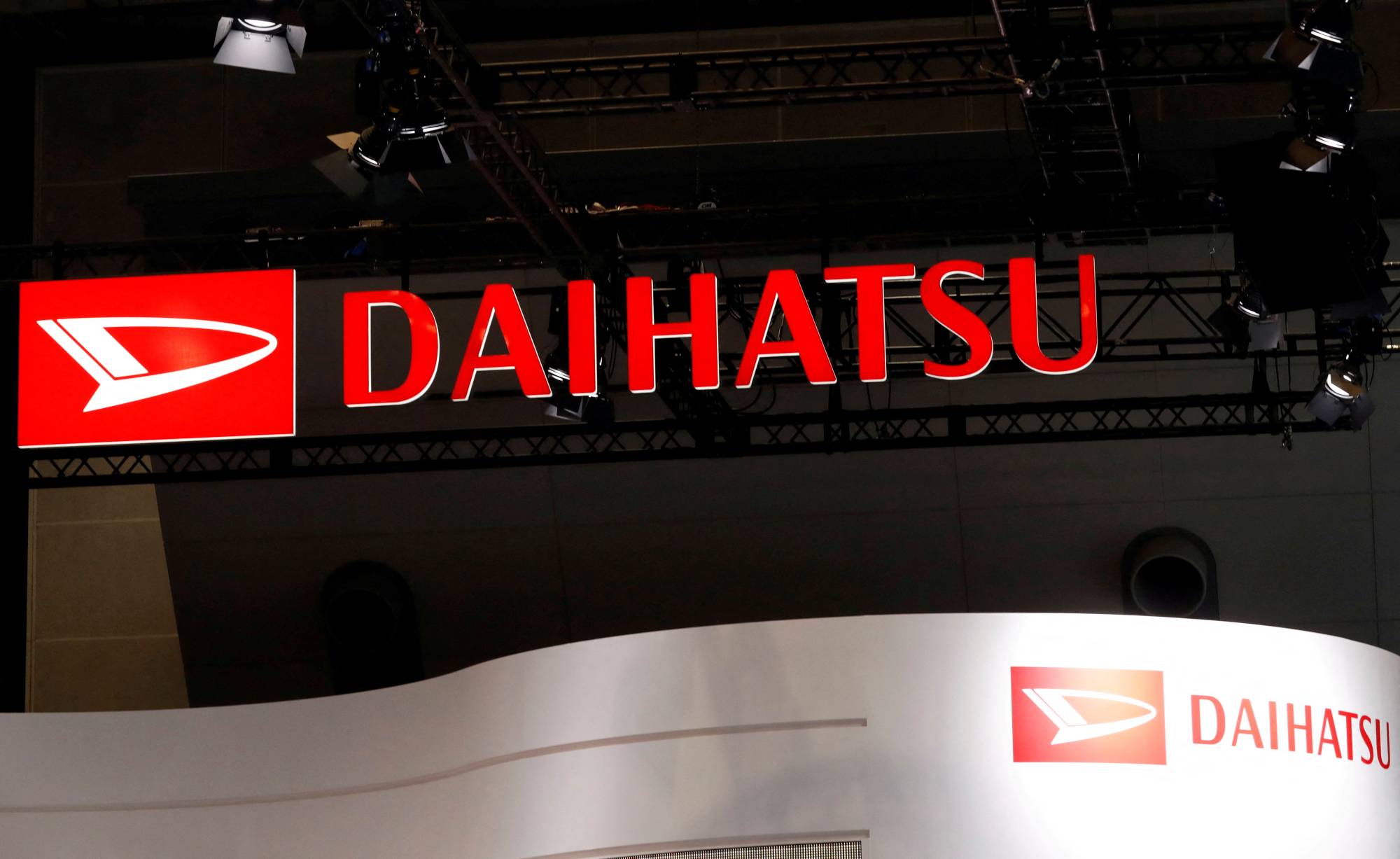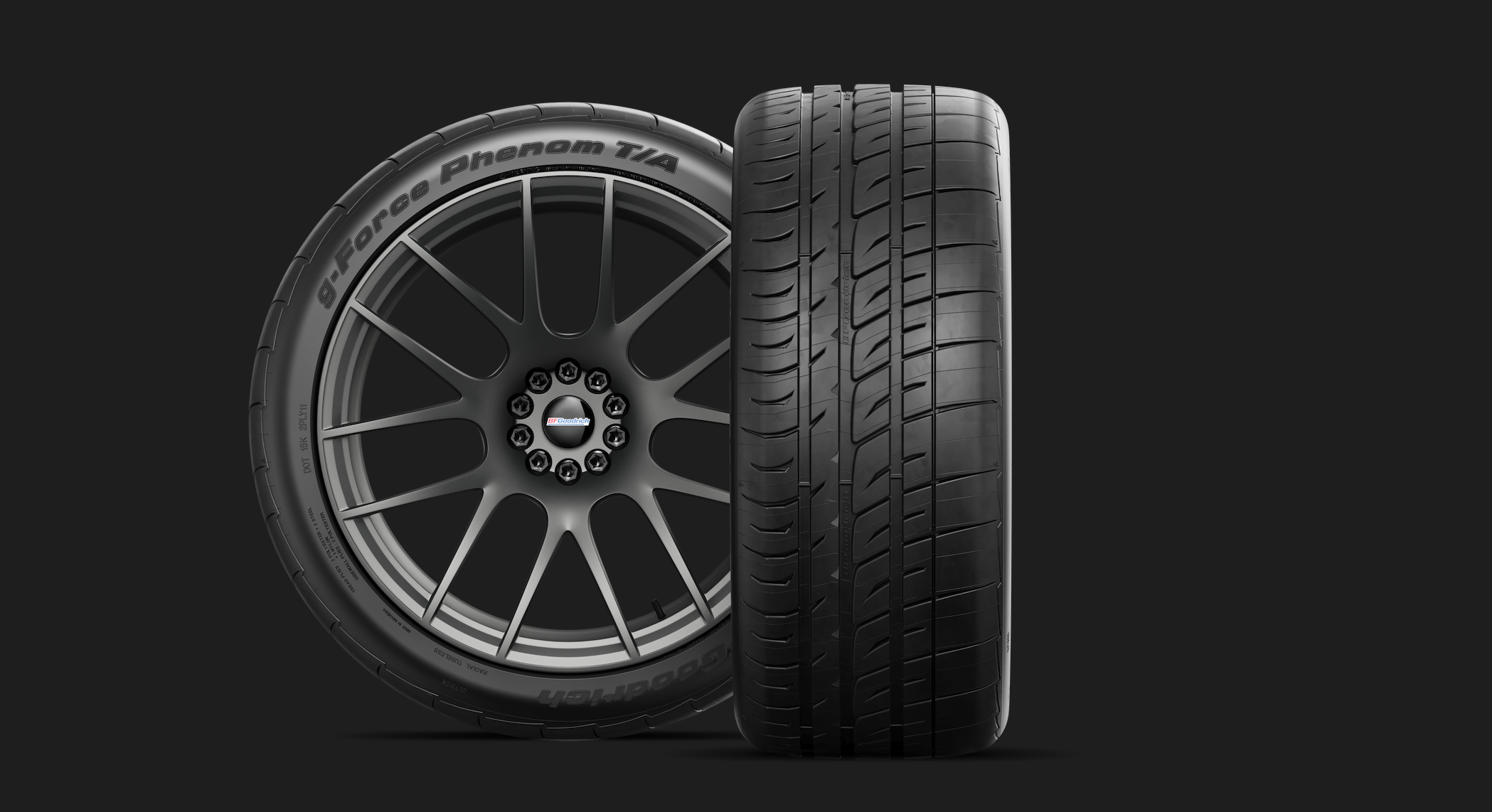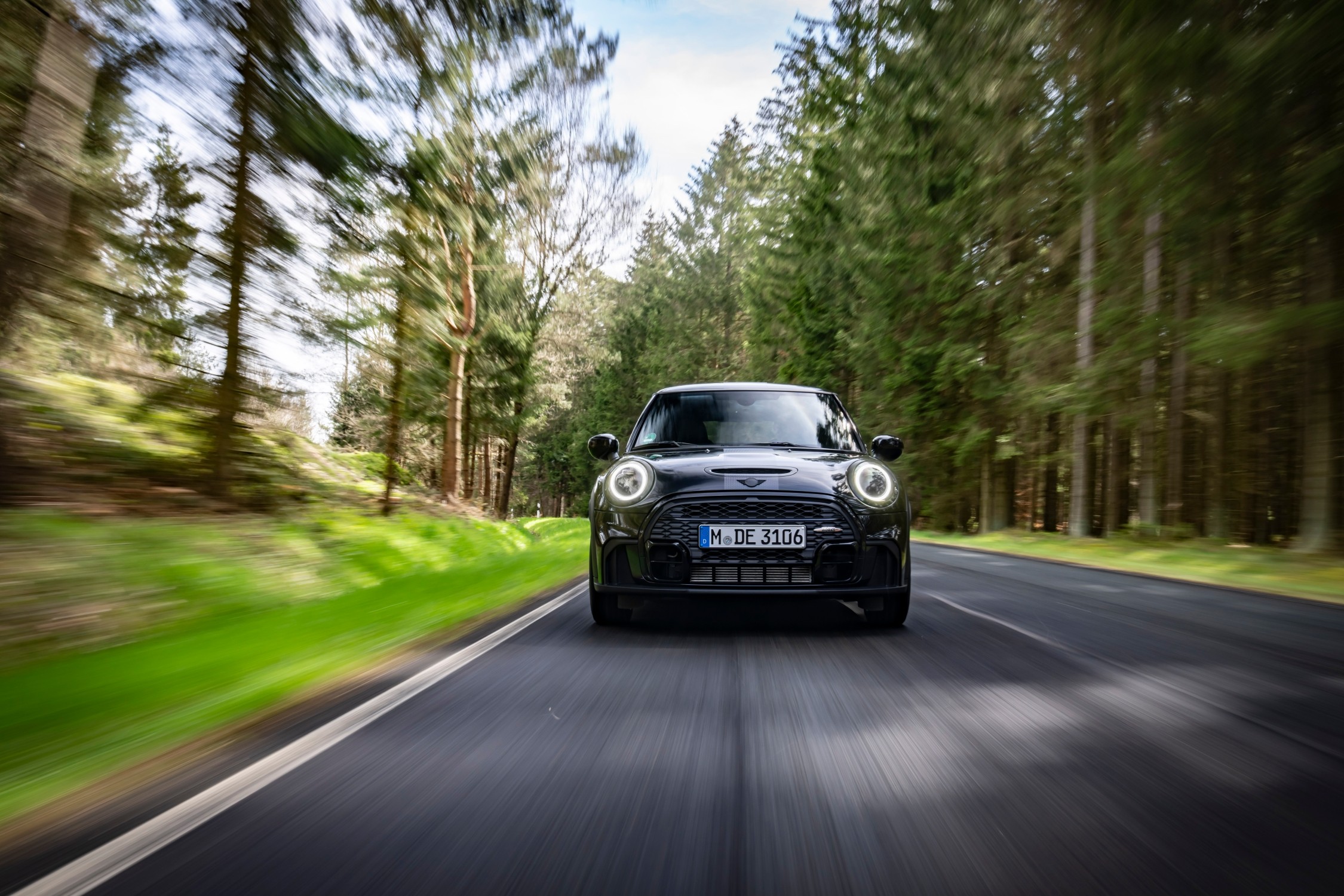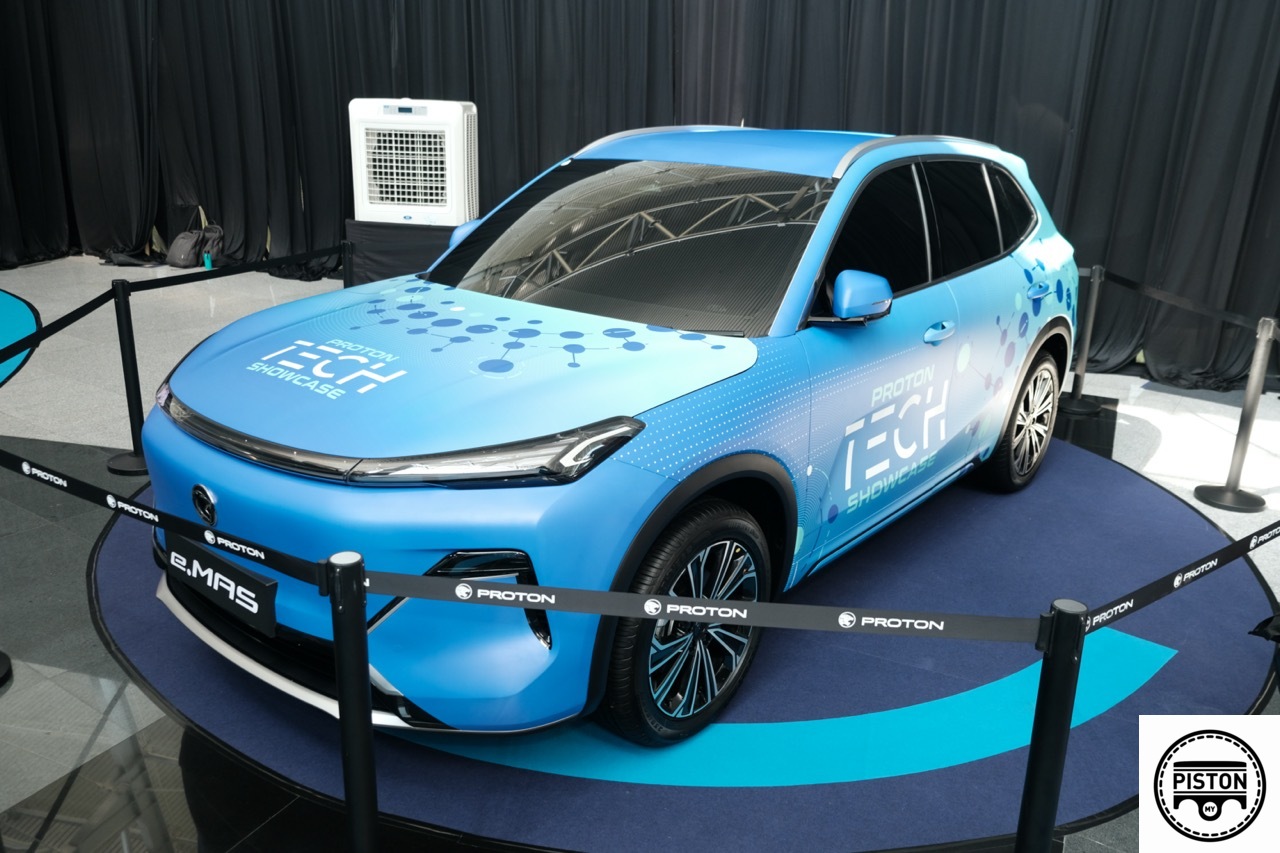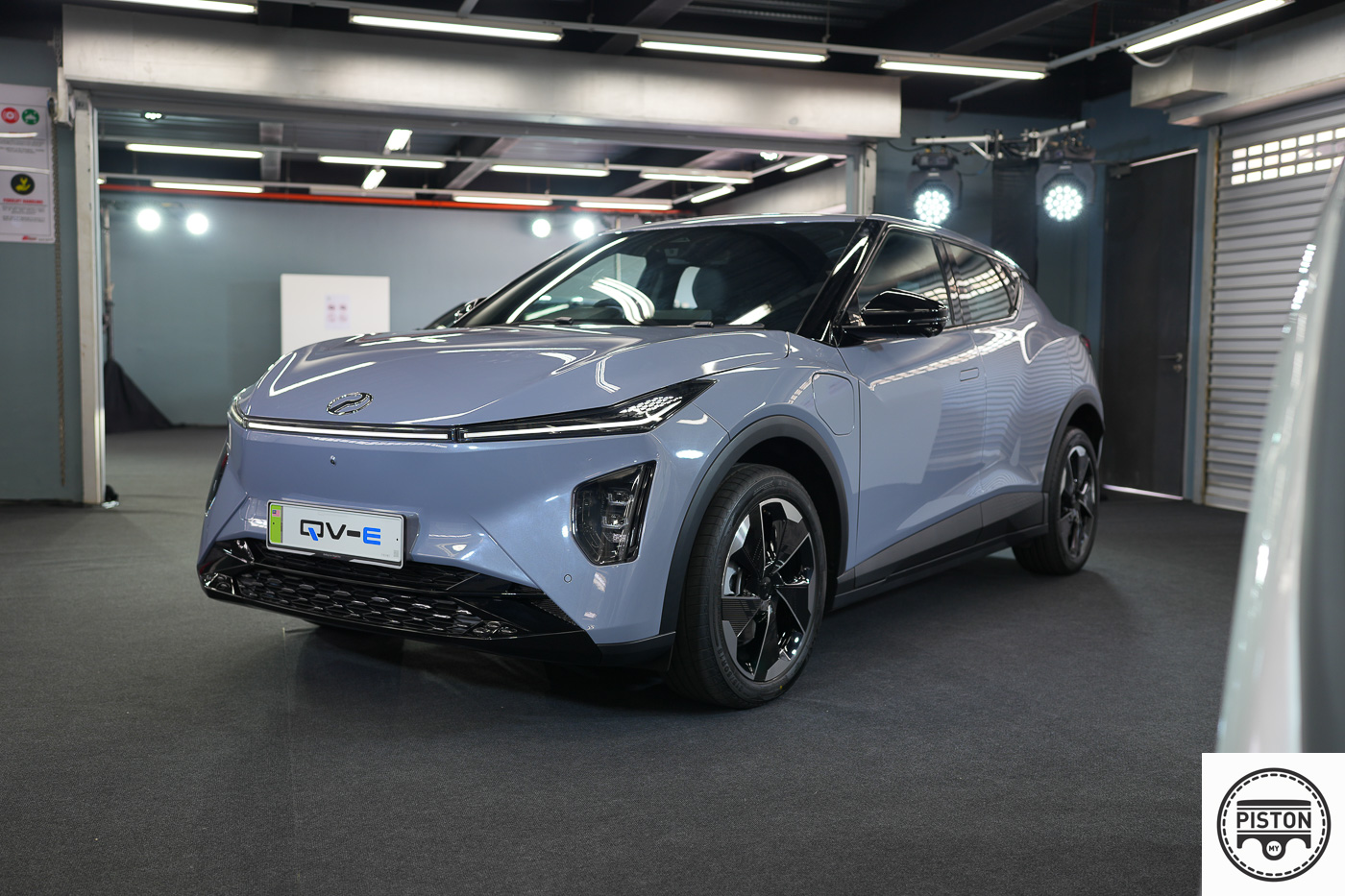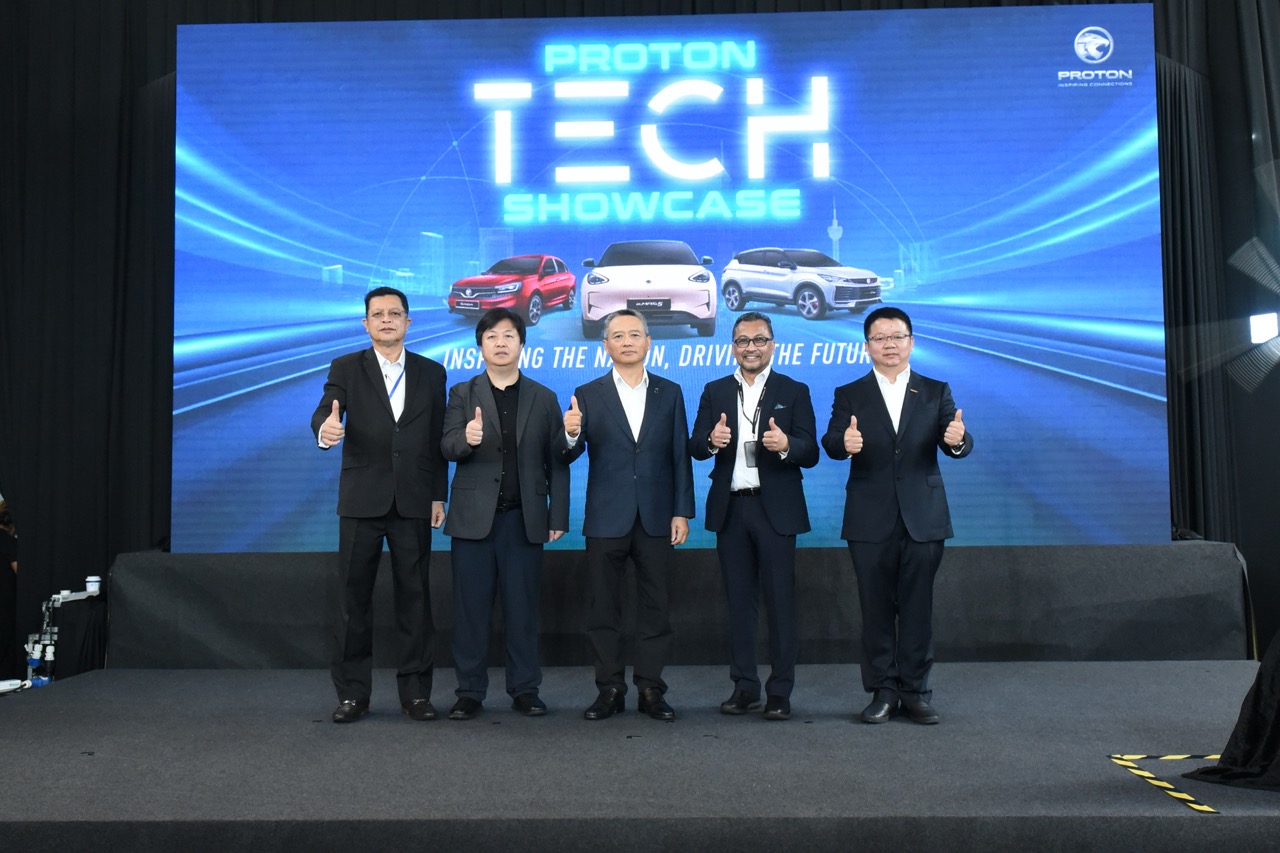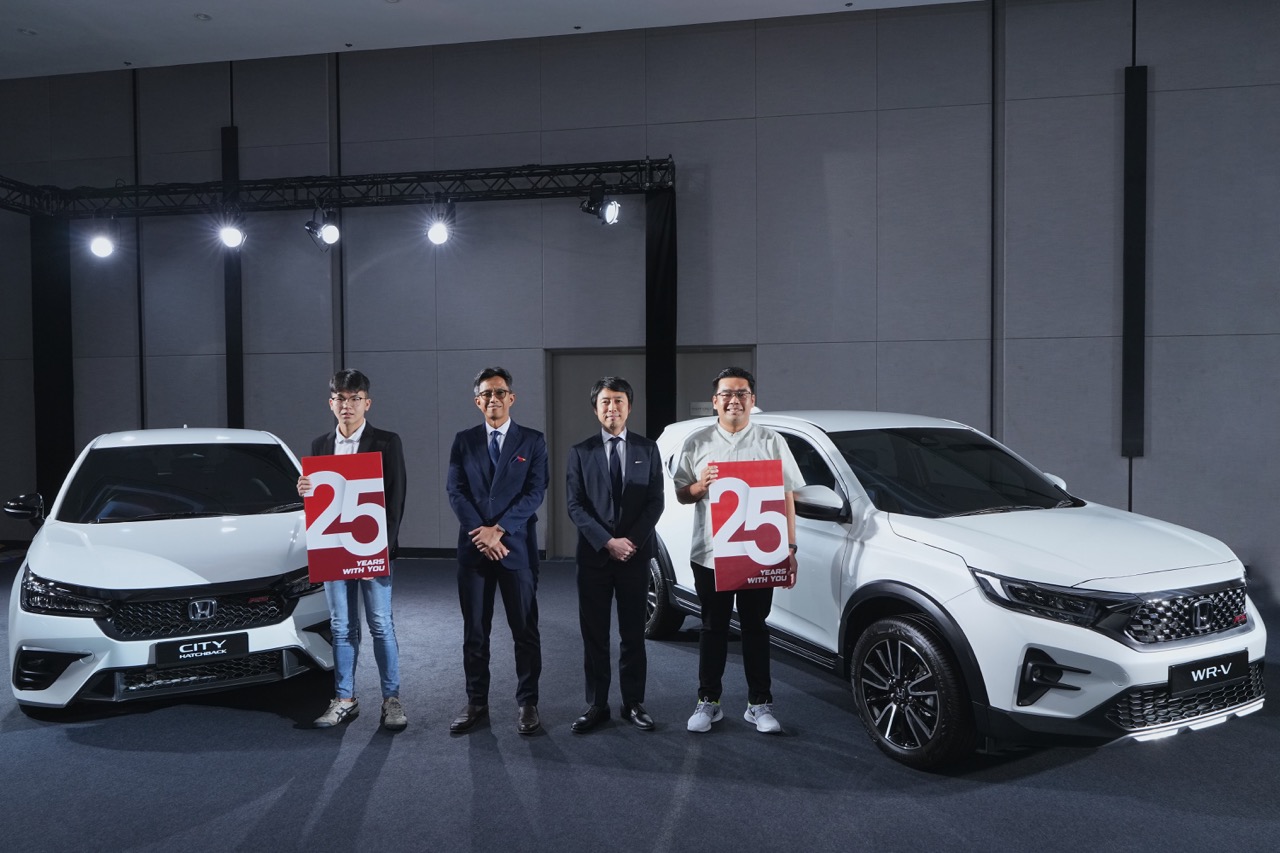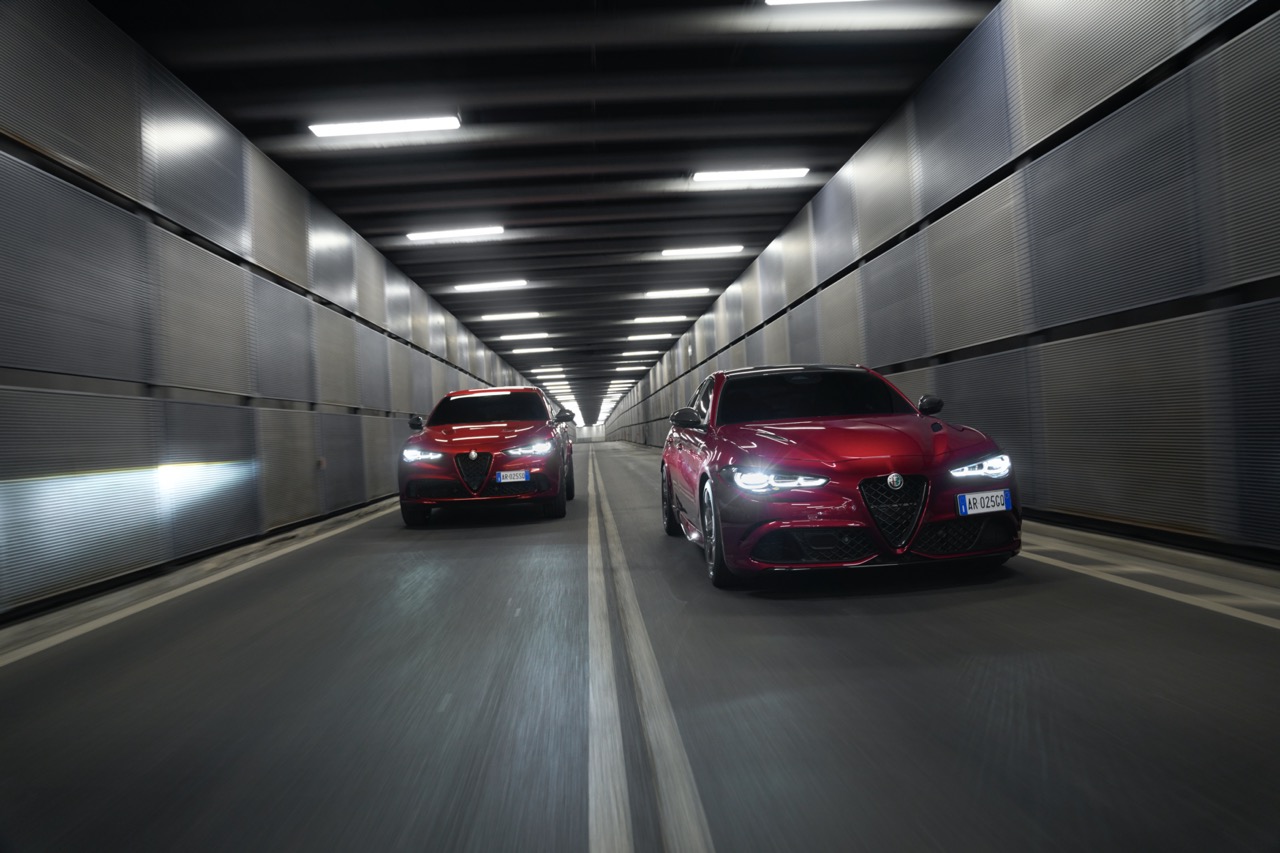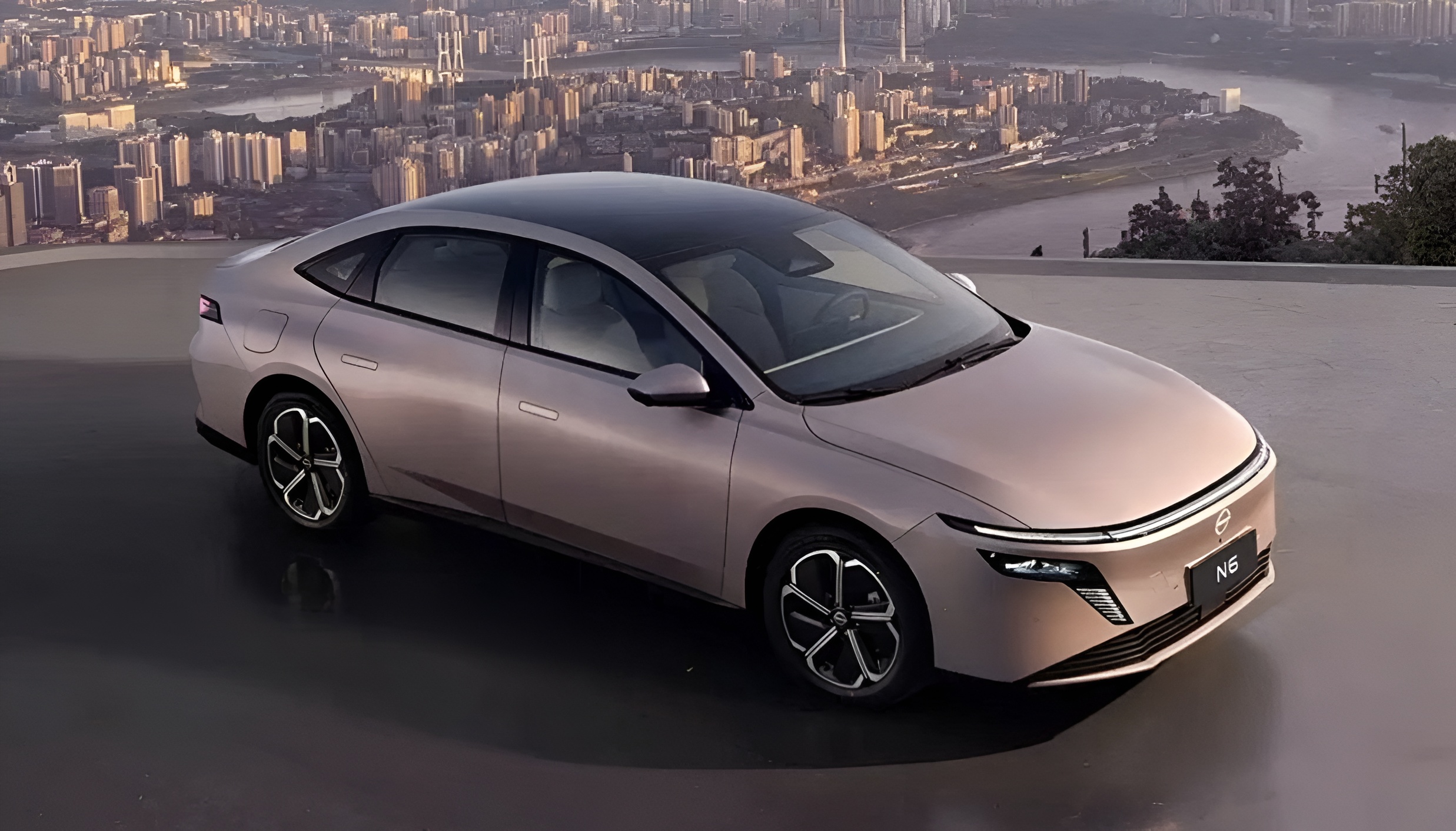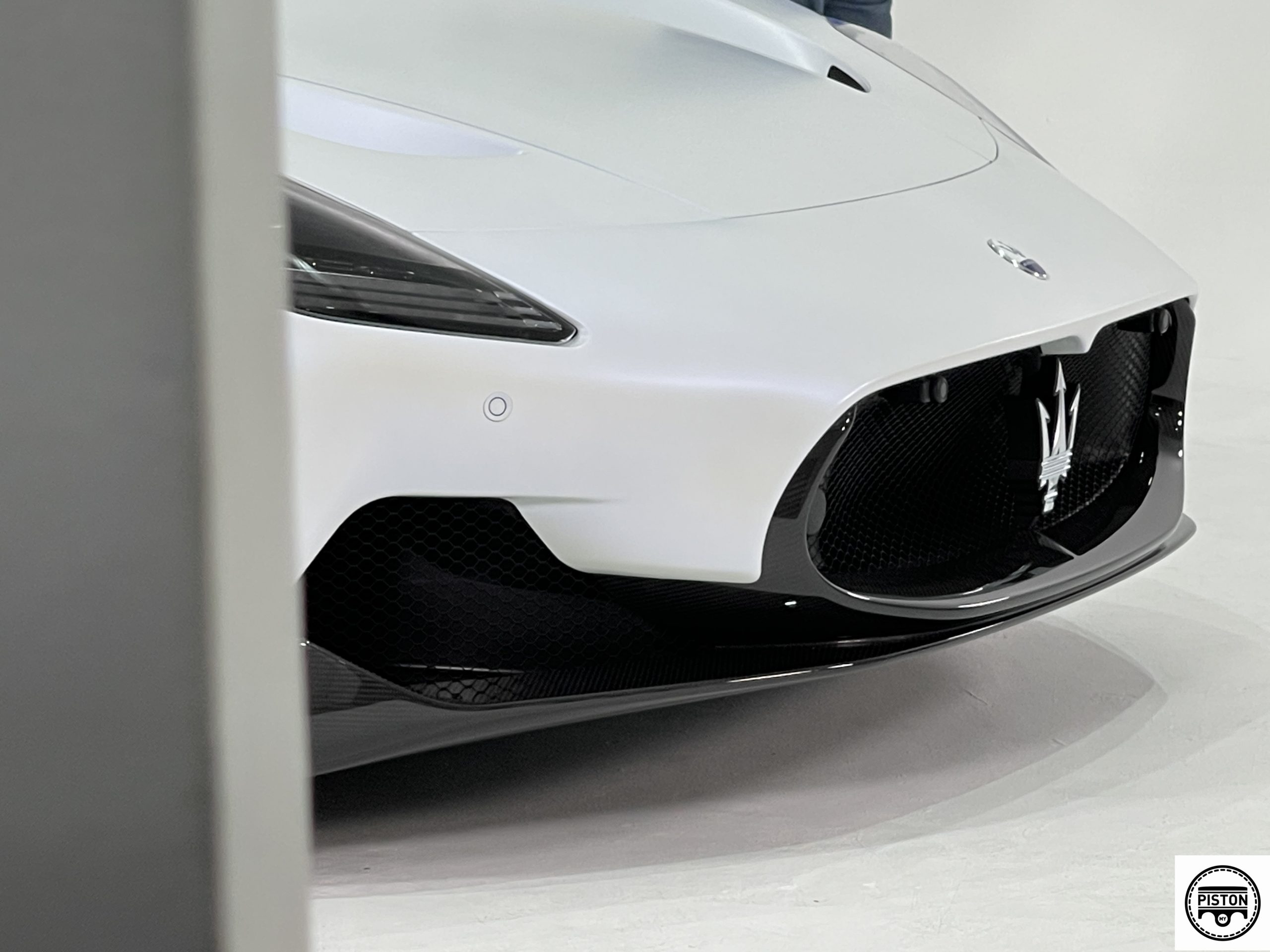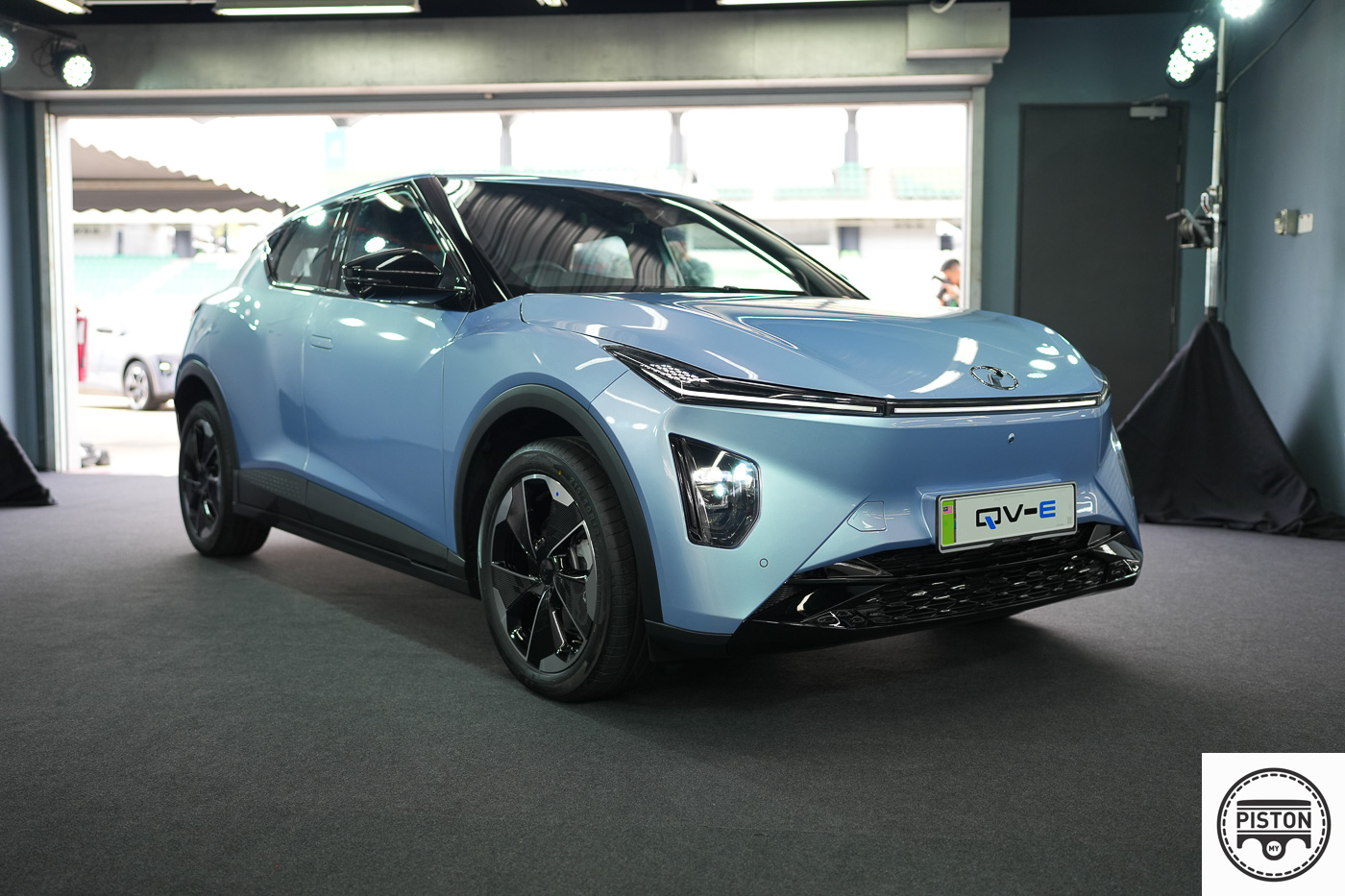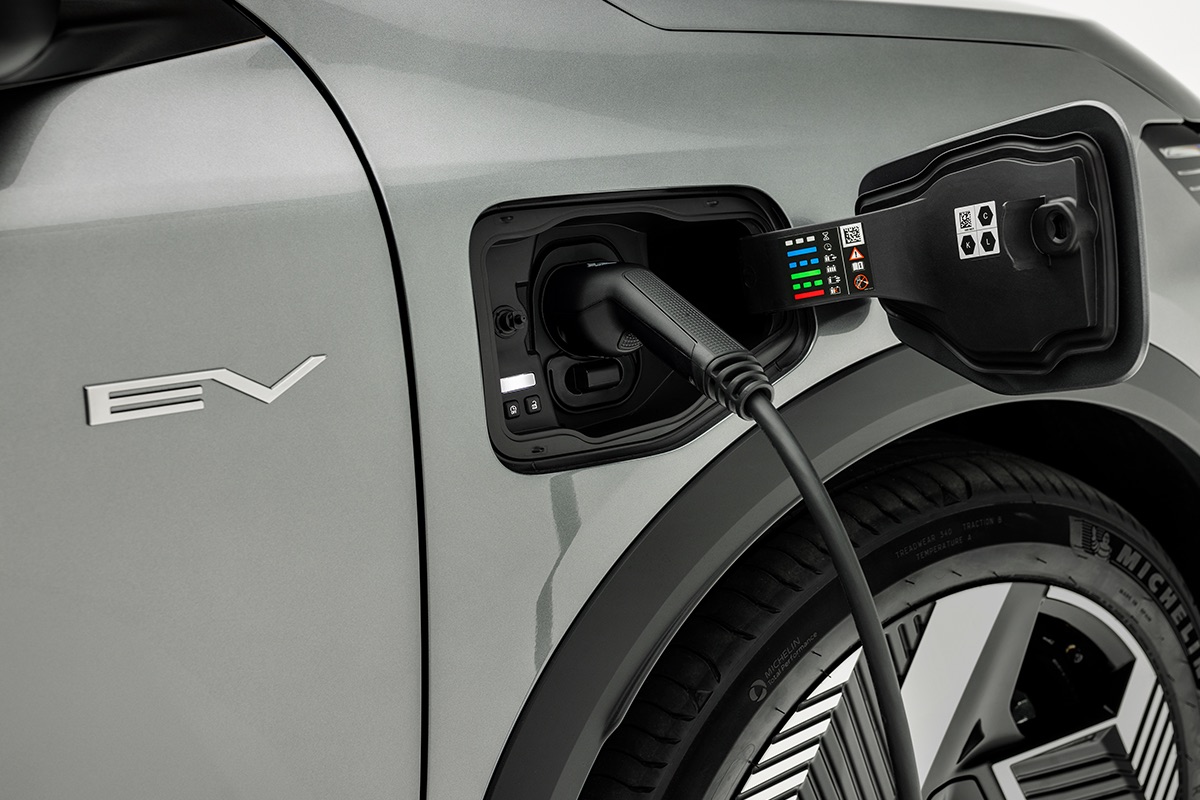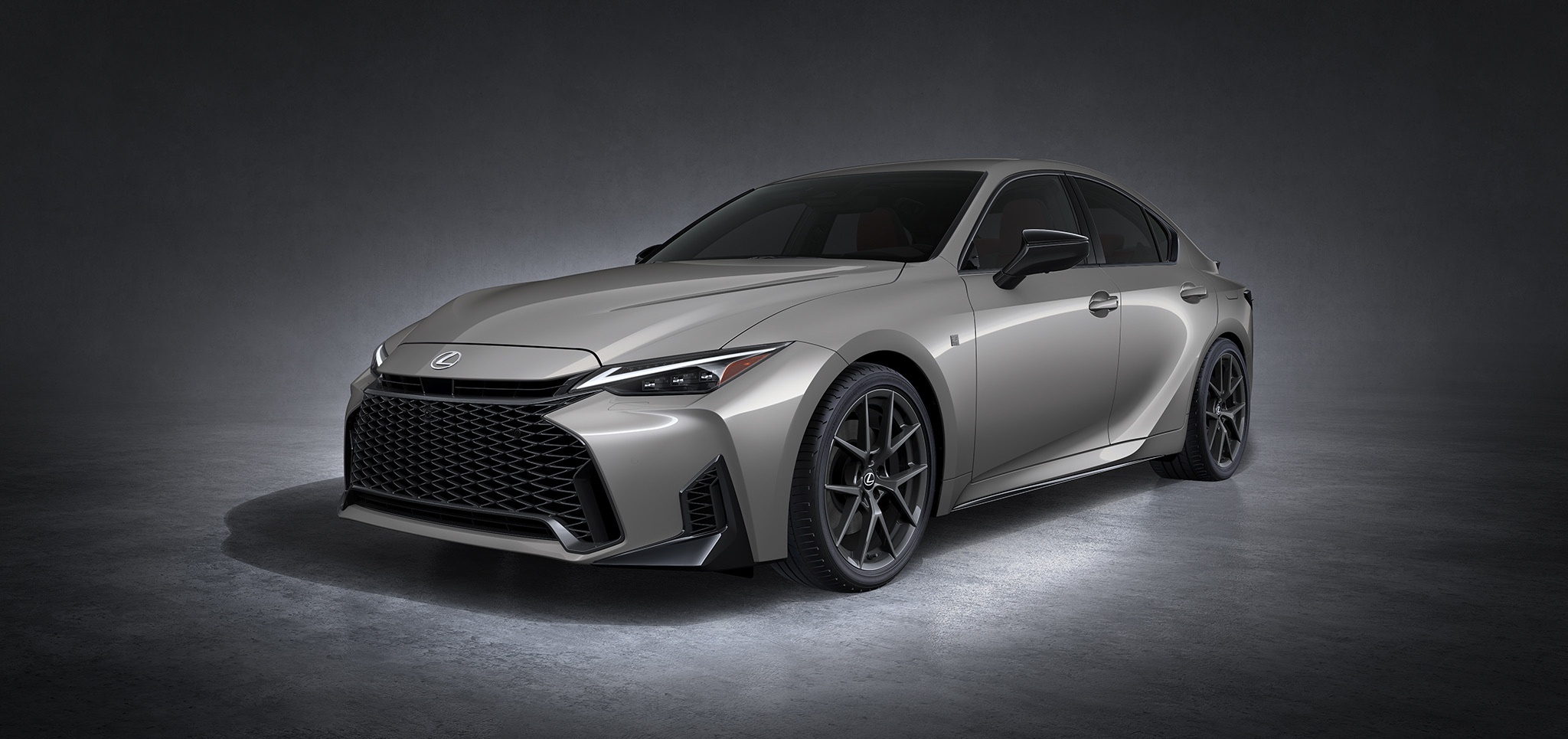The Ora Good Cat in Pistachio Green was introduced by Great Wall Motor (GWM) during their exhibition in Sunway Velocity Mall recently . The Ora Good Cat in Pistachio Green, a colourful addition to the world of automotive excellence, sold out of 20 units on the first day it was available, signalling how well received it is. This response demonstrates the fascinating allure and attractiveness of this electric vehicle.
The whimsical and distinctive pattern of this shade, which is only offered in the 500 Ultra variant, is sure to steal the show and leave a lasting impression.
(more…)
